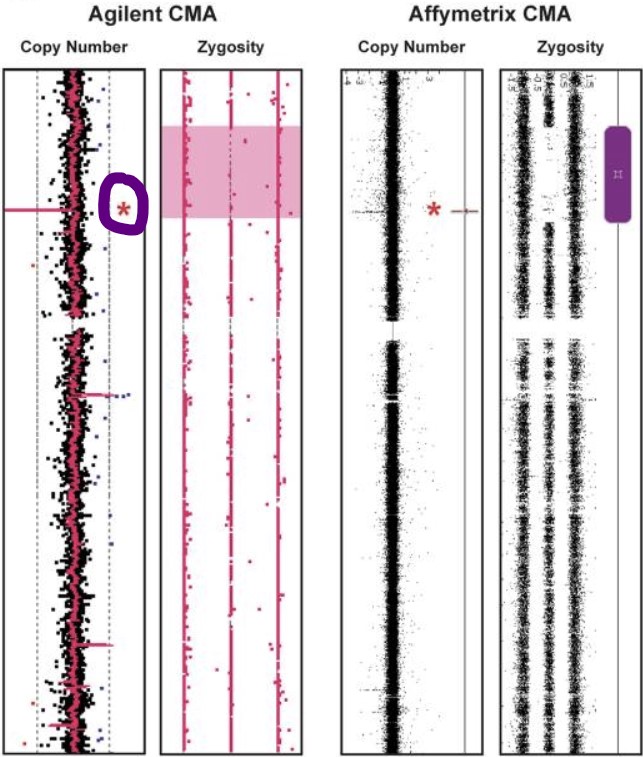Today's Case Study
Background
Through years of clinical tests and evaluations a 3-year-old Guyanese child is diagnosed with Bardet Biedl syndrom (BBS). As described by the BBS Foundation:Bardet Biedl Syndrome is a rare genetic disorder with highly variable symptoms which may include retinal degeneration, obesity, reduced kidney function, polydactyly (extra digits of the hands or feet) among many other features. While there are more than 20 genes associated with BBS, the underlying cause regardless of gene is malfunction of primary cilia, a key component of cellular communication. BBS is thus categorized as a ciliopathy, or a disease of the cilia.
Researchers sought to confirm this clinical diagnosis using some newer "long-read" sequencing technologies. (Original article here)They first performed a chromosomal microaray test to identify which of the 20 BBS genes could be affected and identify a deletion in one of these genes, BBS9!

Is this deletion the cause of BBS in the child?
To answer this, we need to:
a) Verify that this deletion is truly present in the BBS9 gene.
b) Identify any previously known clinical associations between mutations in this gene and the BBS disorder using NCBI resources.
The authors of this study placed sequencing data for this notable region of the child's genome in NCBI's SRA database, so we will start there for our investigation.
Our Goals
Objective 1: Search for the child's sequencing reads deposited into NCBI's SRA database.
Objective 2: Align the DNA sequences against a template (aka: Reference) genome sequence for comparions.
Objective 3: Visualize the read alignment to confirm the deletion and investigate any known clinical relevance.
Page 1 of 1
Last Reviewed: June 30, 2022

